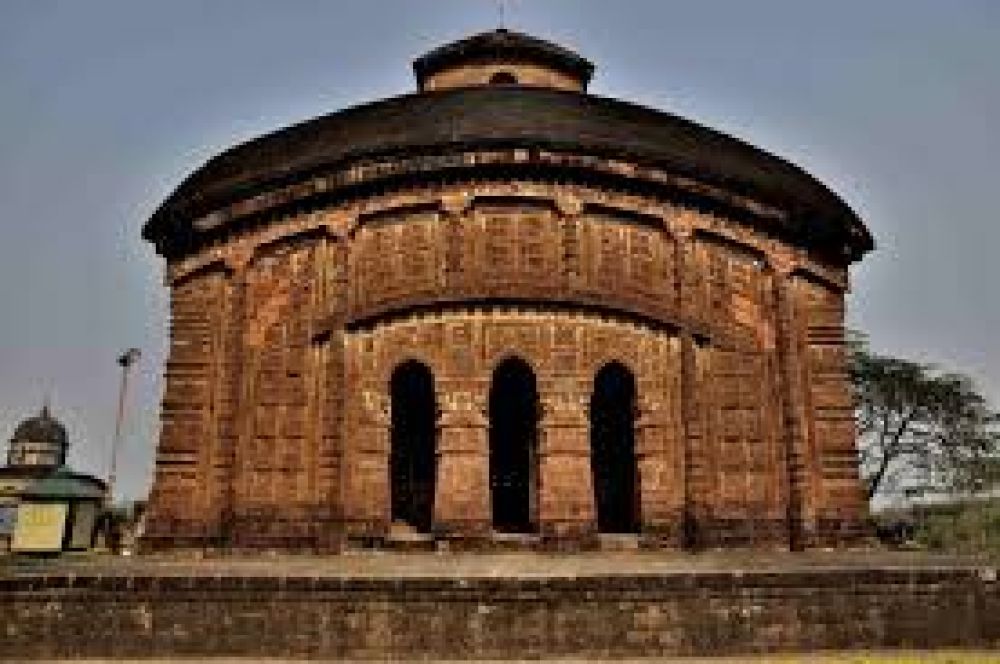

The Madanmohan Temple in Bishnupur, West Bengal, is a prime example of the rich cultural heritage and history of Indian temple architecture. Dedicated to Lord Krishna, this temple was built in the 17th century and reflects the grandeur of ancient Indian craftsmanship. Bishnupur, once the capital of the Malla Kingdom, is renowned for its terracotta temples, and the Madanmohan Temple stands out as one of the most venerated among them.
Tourism in Bishnupur, particularly concerning the Madanmohan Temple, started gaining traction during the late 20th century when more people began to appreciate the historic and artistic significance of the area. This temple, built by King Durjana Singh Deva in the year 1694 AD, represents the eclecticism of the Bengal school of temple architecture. With its intricate terracotta carvings narrating scenes from the epic Mahabharata and the life of Lord Krishna, the Madanmohan Temple became a focal point for heritage tourism in West Bengal.
In recent years, the temple, along with other monumental sites in Bishnupur, was proposed to be recognized as a UNESCO World Heritage Site. This has contributed to an increased interest in the historical and cultural fabric of the region, drawing in tourists from all over the world.
In the realm of tourism, the past few years have seen a surge in the number of people looking for authentic cultural experiences. Visitors to the Madanmohan Temple now often engage in walking tours that encompass several temples in the area, allowing for a more immersive experience of Bishnupur's terracotta heritage.
Eco-tourism has also started to take root, with the local administrations and tour operators focusing on sustainable travel options. This includes promoting local handicrafts like the famous Bishnupur Baluchari sarees and terracotta pottery, as well as encouraging the patronage of local cuisines and traditions.
Moreover, digital engagement through virtual reality and online tours has also become a trend, particularly when travel was constrained due to health concerns. Institutions and tourism boards are increasingly leveraging technology to provide virtual access to remote visitors interested in the historic sites of Bishnupur.
Overall, the Madanmohan Temple continues to play a significant role in the tourism sector of Bishnupur, with efforts consistently being made to preserve and promote this heritage for future generations of visitors.